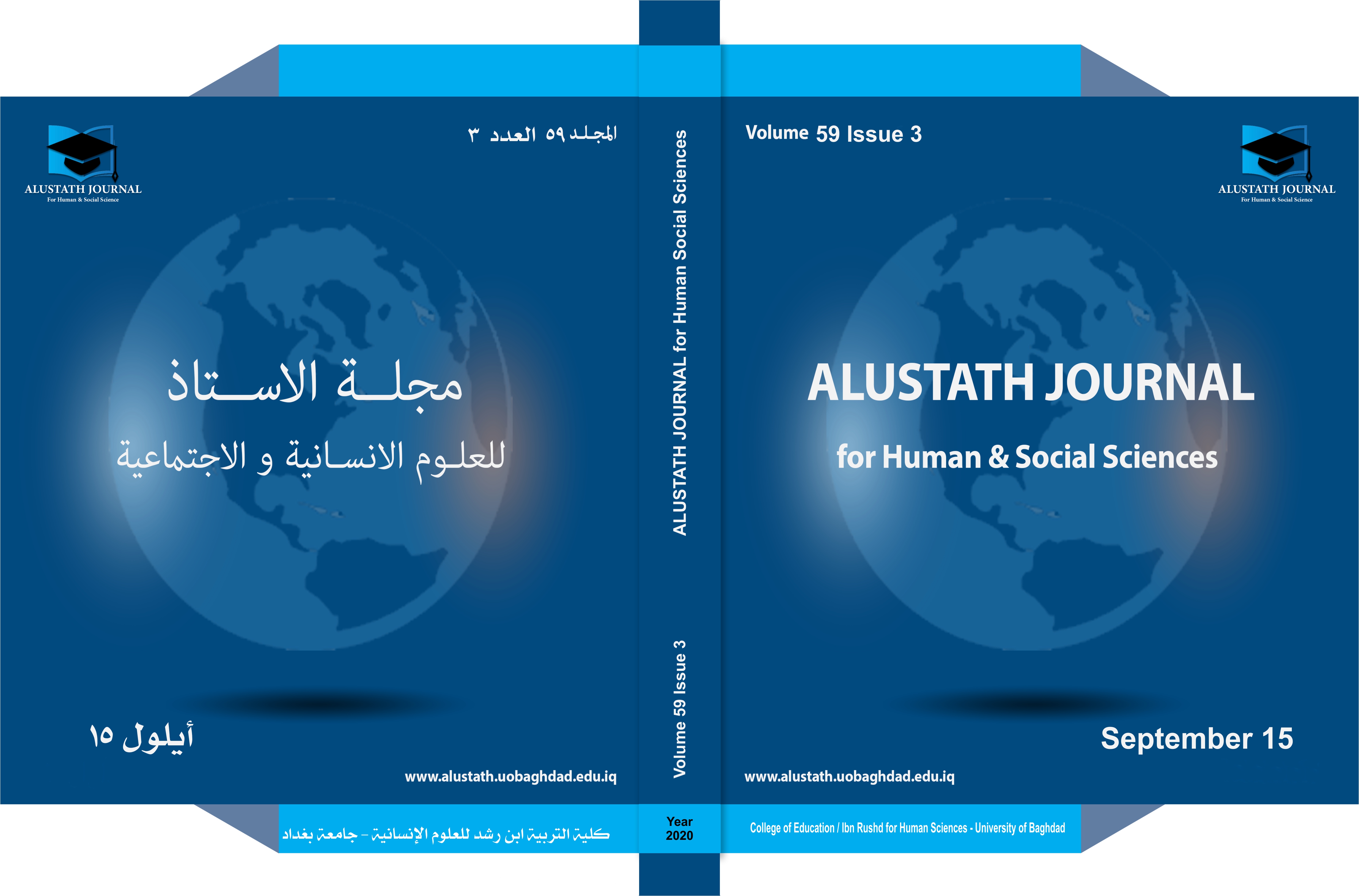Textual Interaction: A study of the manifestation of Intertextuality Inaam Kajaj’s Nouel as a Model
DOI:
https://doi.org/10.36473/ujhss.v59i3.1138Keywords:
Anaam, intertextuality ,Novel , Poetry, TashariAbstract
Texts open up and interact with each other since ancient times, and each text is an open space that can be integrated and interact with other texts intertextuality represents the joint presence of two or more texts, under the broad culture and textual interaction that is manifested in the establishment of text for relations with other texts. For the preceding text the text becomes self-contained. The research adopts the descriptive analytical approach. The present study focuses on the interaction of the text in the novel (Tashari) across three axes, the first axis deals with religious harmony represented by the harmony with (the Koran, the Bible); the second axis tackles the literary harmony represented by the convergence with (poets of the modern era, the novel, folk proverbs, songs). The third axis is devoted to the historical harmony that is represented by the juxtaposition of the mythic story and legend.
Downloads
References
Amara, L. A. (1958). Court of Empty Corner.1st Edition. Baghadad. Rabta Press.
Ali, I. M. (2000). Color in Arabic poetry before Islam. 1st Edition. Lebanon.Gross Press
Publishing House.
Al-Batal, A. A.(1983).The Picture in Arabic Poetry until the End of the Second Hegira3rd
Edition. Beirut. Al-Andalus Publication House.
Bart, R. (2001).From Structuralism to Poetry. 1
st Edition. Damascus. Nineveh Publication
House.
Bedair, H. (2003).The Effect of Popular Literature on Modern Literature. 1st Edition. Egypt.
Al Wafa Publication House.
Hamdani, H. (2001). Altnas and productivity of meanings, Journal of signs in criticism and
literature, vol. 4, vol. 10.
Al-Hashash, N. T. (2014). Intertextuality and Reading Absent Text in Khalil Hawi's Poetry.
Beirut. Bisan Publishing and Distribution.
Jadoua, I. M. (1953). Intertext with the Holy Quran in Contemporary Arabic Poetry.
Kuwait. Fikr and Ebdaa Magazine.
Al-Janabi, Q. K. (2006). Heritage Story (Diversity of Ideas and Unity of Impact). 1st Edition.
Baghdad.Cultural Affairs House.
Jassem, F. Y. (2010).Elements of Arabization in Arabic Song from a Specialized
Perspective, Journal of the College of Basic Education, University of Mustansiriya, No. 64,
Vol. 15, 2010.
Moftah, Mohamed (1999), Landmark Concepts: Towards a Realistic Interpretation, I (1),
Arab Cultural Center, Beirut.
Kajaji, I. (2013). Tashari . 1st Edition. Lebanon Al Jadid Publication House.
Nasr, A. J. (1978). The Poetic Symbol of Sufism. 1st Edition. Beirut. Al-Andalusi
Publication House.
Obeid, M. S. (2008). Mirrors of Narrative Aesthetics of Story Discourse. 1st Edition. Cairo.
Al Ain Publishing House.
Qasim, A. H. (1981).Heritage assets in the criticism of contemporary Arab poetry (a study
in the authenticity of critical heritage in the Arabs1st Edition. publications popular facility
for publication and distribution
Rabaya, M. S. (2003).Stylistic (concepts and manifestations). 1st Edition. Jordan. Al-Kindi
Publication House.
Shawki, A. (1988).Office of Shawqiyat. 1
st Edition. Beirut. Al-Awda Publication House.
Saadi, A. (2013). Paths of Literary Knowledge.1st Edition. Baghdad. Adnan Publication
House.
Saleh, Z. M. (2012).Color Indication in the Qur'an and Sufi Thought. 1
st Edition. AlZaman Publication House.
Al-Sayyab, B. S. (2000). Diwan of Rain. 1st Edition. Beirut. Al-Awda Pub;lication House.
Tamimi, F. A. (2013), a reading in the poem of Adib Kamal al-Din (crow and dove) AlAlam Al-Baghdadiya newspaper on July 22
Wasel, E. H. (2011). Heritage Intertextuality in Contemporary Arabic Poetry. 1st Edition.
Amman. Ghaida Publication House.
Zayed, A. A. (2002).On the Construction of the Modern Arabic Poem. 4th Edition. Cairo.
Library of Arts.
Zu'bi, A. (2000). Theory and Practice. 2nd Edition. Amman. Ammon Foundation for
Publishing and Distribution.












